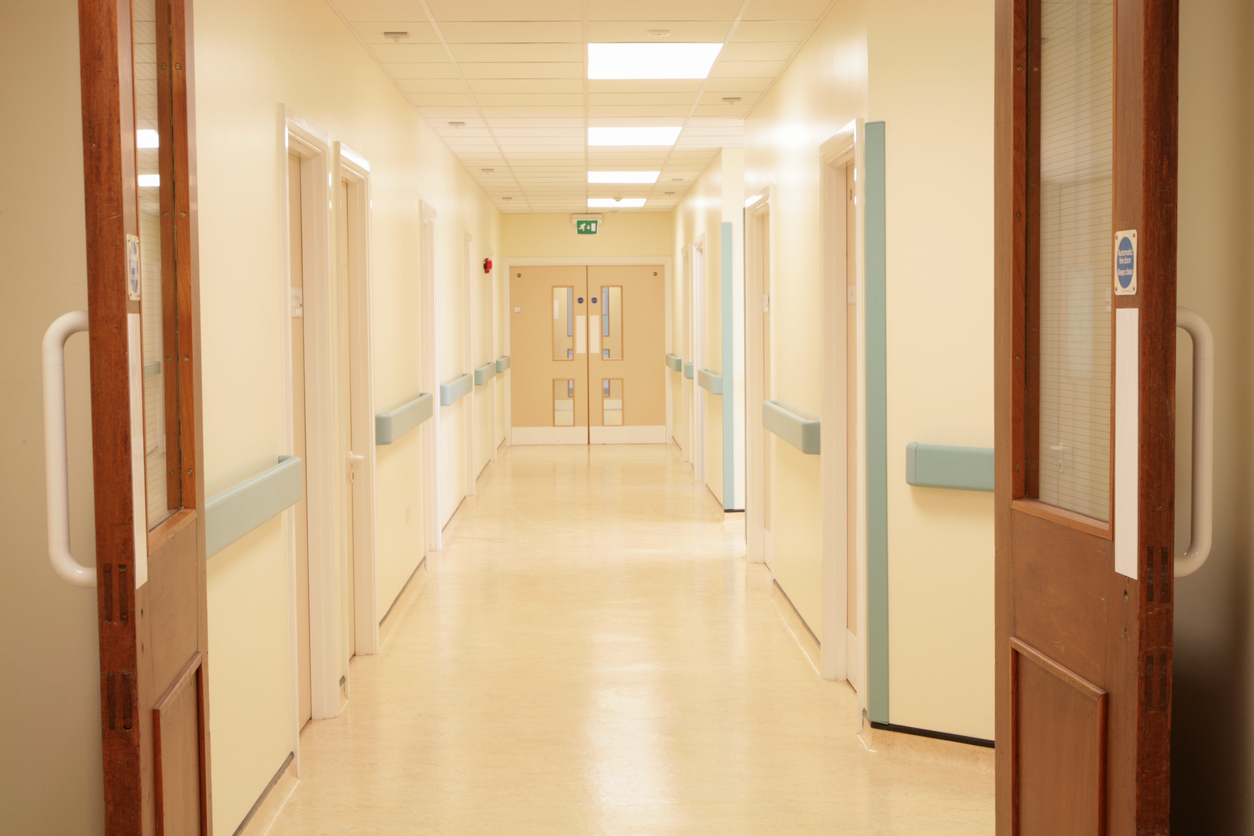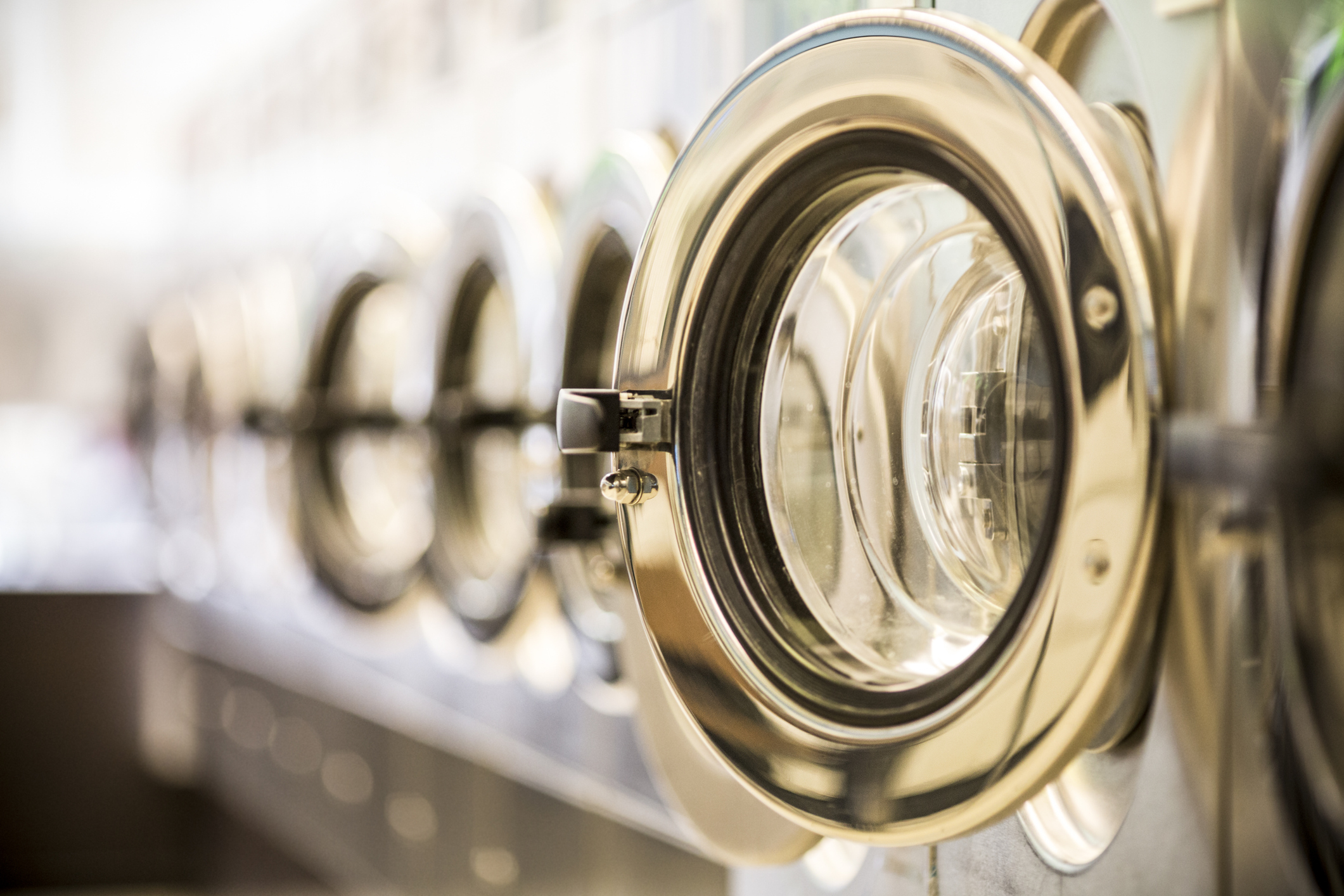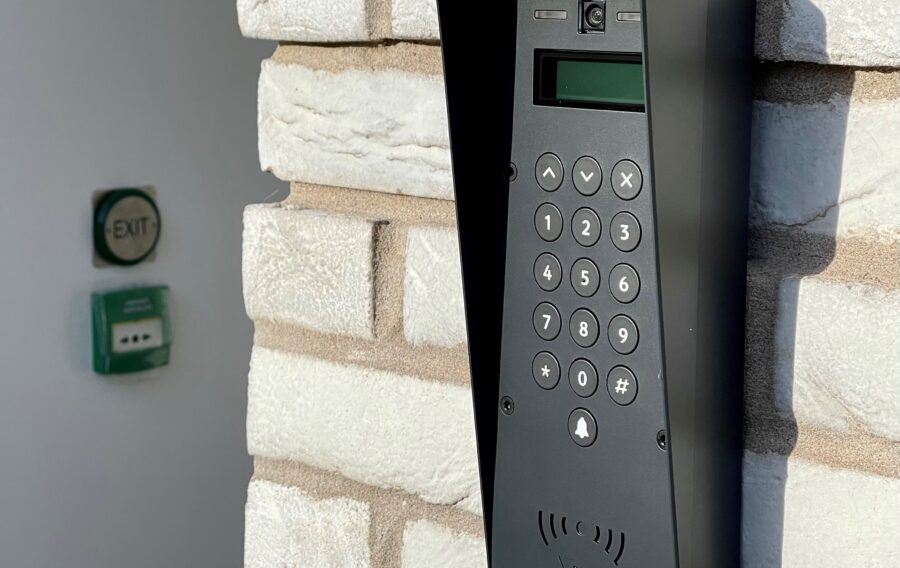Managing a care home facility carries the duty of ensuring standards are met and procedures understood. Use the Churches Fire & Security check list to make sure fire safety measures are being followed in your care home.
1. Passive Fire Protection
One of the greatest risks to health associated with fire is the damage caused by smoke. In the case of care homes, where residents are less mobile and evacuation times may be longer, failure to compartmentalise the building to slow or prevent the spread of smoke could be devastating. It is therefore vital that effective fire prevention and protection is installed. Well maintained fire doors in care homes take care of this. This is particularly important in plant rooms and areas of high fire hazard to ensure evacuation routes remain clear from smoke in the event of an emergency.
What is Passive Fire Protection?
In order to effectively protect and seal a building from the spread of both fire and smoke, passive protection needs to be built into the structure of the building, including walls, floors and doors to seal the services passing through the building’s structure.
Through Churches Fire & Security’s decades of experience, we have found that fire stopping materials and products are often inadequate within care homes, through lack of understanding from builders or infrequent inspections. The effect of missing, damaged or inadequate passive protection could be detrimental, allowing fire and smoke to flow through a building uninterrupted.
KEY TAKEAWAY: Fire Risk Assessments (FRA) include details relating to passive protection, fire stopping and breaches in compartmentation. In order to ensure maximum safety, it is key that high quality products, workmanship and planning is put in place to ensure compliance and safety at all times.
2. Fire Doors
Fire doors are a crucial element of any building’s fire safety strategy, compartmenting a premises to prevent the spread of fire and smoke and acting in a similar way to passive protection devices. Regular checks should be made to fire doors to make sure they are fully functioning; including any seals, door closers, glass panes, hinges or intumescent strips. Faulty doors or damages should be repaired efficiently to ensure evacuation routes are protected.
KEY TAKEAWAY: Advice on fire doors and compliance with fire safety standards can be found in your Fire Risk Assessment. Repair and maintenance work must be undertaken as a priority by a certified professional.

3. FEEP (Fire Emergency Evacuation Plan)
Required in buildings where people are in residence, a FEEP (Fire Emergency Evacuation Plan) is required in order for people to understand the fire escape strategy and locate their nearest fire exit.
The plan also details arrangements to implement, control, monitor and review fire safety standards, describing the methods that have been used to manage fire safety. Plans and arrangements relating to preventative fire safety and what should happen in the event of a fire should be available to view, alongside a resident’s own personal PEEP (Personal Emergency Evacuation Plan) relating to their care package for successful evacuation.
KEY TAKEAWAY: PEEP plans for residents should be reviewed and updated on a regular basis.
Fire Risk Assessments should detail your fire safety strategy, including the actions taken to ensure all staff are aware of the fire action procedure.
4. Plant Rooms and Riser Shafts
Plant rooms and riser shafts should frequently be checked to ensure they remain clear of any non-essential items. This is a basic fire safety requirement to guarantee that no additional fuel sources are located in these high-risk areas, and it is not used as an extra storage area.
In the event of a fire breaking out, fires can quickly develop and spread if unnecessary materials are in the area.
KEY TAKEAWAY: The inspection of plant rooms and riser shafts, detailing control measures, should be included in your Fire Risk Assessment and monitored regularly.
5. Laundry Precautions
One of the most hazardous areas located within care homes can often be the laundry area, due to its frequent use, large amounts of fuel, electrical equipment and sources of heat. It is imperative that tumble drier filters are cleaned of lint and that ducting is cleaned periodically to prevent ignition of these light and fibrous materials. Regular inspections should keep on top of this preventative issue, helping to lower the risk of fire.
KEY TAKEAWAY: Laundry inspection should be included in your Fire Risk Assessment. This should include the cleaning and emptying of tumble dryer filters by laundry staff after each use.

In addition to the everyday care home fire safety products and procedures outlined above, there are many more risks and safety issues that must be considered. These should be identified in your Fire Risk Assessment.
Churches Fire & Security are happy to provide further advice and an updated Fire Risk Assessment.
Churches Fire & Security are a third-party accredited company. Explore all our company and industry fire accreditations and memberships. This means that we are assessed independently on a regular basis to ensure we comply with the highest possible standards. We are ISO 9001:2015 certified, BAFE and LPCB approved as well as being a member of the Fire Industry Association (FIA), ensuring a high-level of experience and knowledge in the fire safety industry.
As the only fully integrated fire safety provided in the UK, Churches Fire & Security technicians are trained to maintain multiple pieces of equipment, using their fully-stocked vans and nationwide stock lockups to ensure issues can be addressed promptly.
Contact Churches Fire & Security today to discuss your care home needs.
Get in touch





